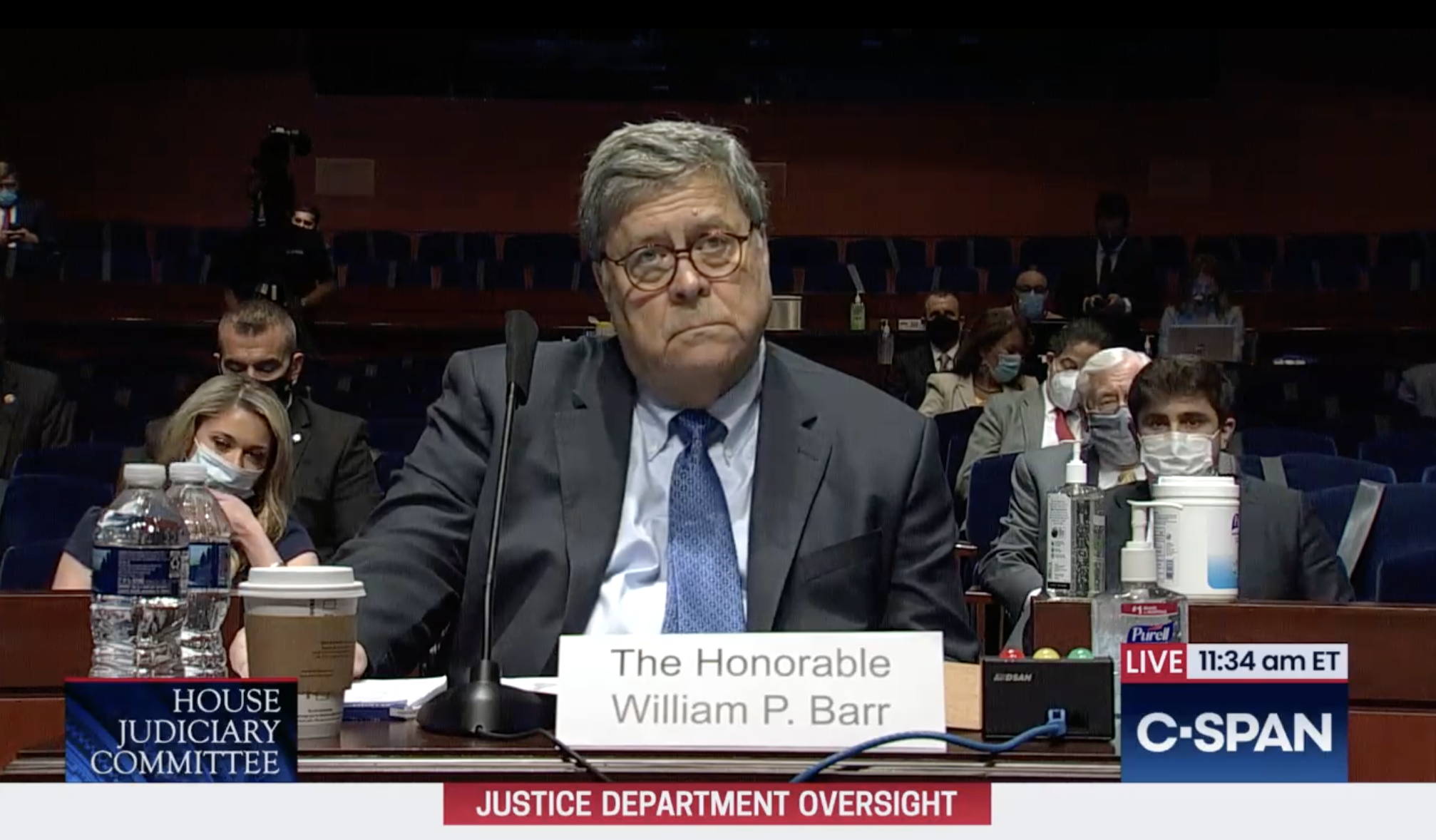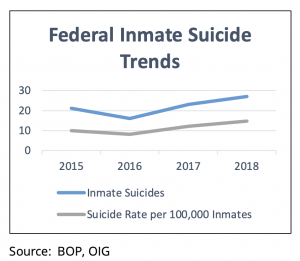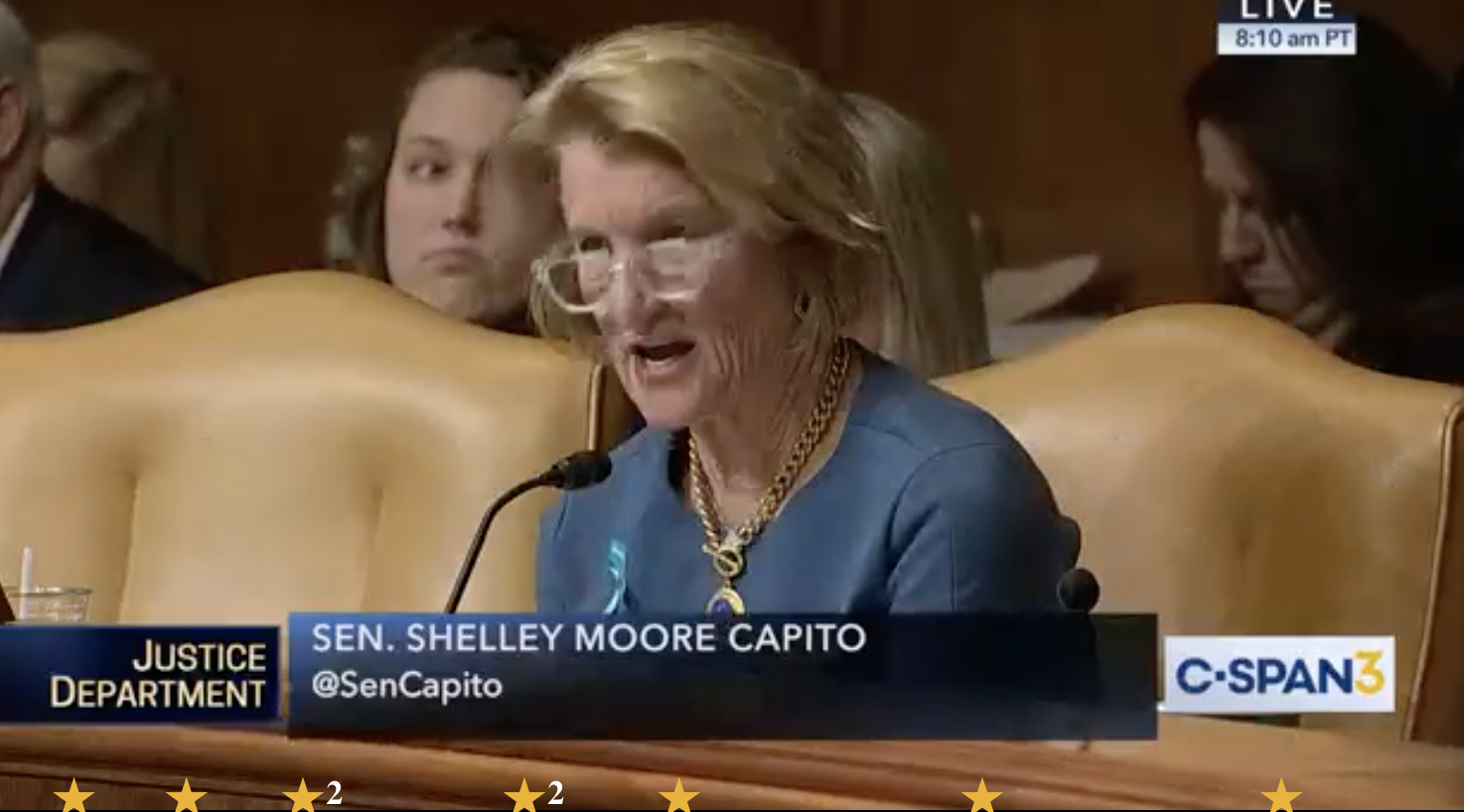DOJ Reaches a Non-Prosecution Agreement with the MCC Guards Bill Barr Used as Scapegoats for Jeffrey Epstein’s Death
Back when DOJ rolled out a draconian prosecution against two of the prison guards — Michael Thomas and Tova Noel — whose negligence created the opportunity for Jeffrey Epstein to kill himself, I noted all the ways they were being made scapegoats so Billy Barr could avoid admitting that his own system-wide failures to address staff shortages in the prison system played a far more important role in Epstein’s death.
That he calls these “screw-ups” didn’t prevent his DOJ from filing a six count indictment this week against the guards on duty the night Epstein died, Michael Thomas and Tova Noel, an overarching conspiracy charge along with false records charges for each of five prisoner checks one or both of them had claimed to have done that night, but did not.
It’s an odd indictment.
It shows that in addition to Thomas and Noel, two other guards filed false records, one — along with Noel, for a 4PM prisoner check during which Epstein wasn’t even on the floor — and another –again with Noel, for a 10PM check.
Furthermore, there’s no evidence that they failed to complete the checks because they were trying to facilitate suicide. Indeed, Thomas is described as one of the guards who had found Epstein before his earlier suicide attempt succeeded on July 23. More importantly, when Epstein was found dead (the indictment is very unclear about who first found him, though the implication is Thomas was), both defendants immediately admitted they hadn’t done their job.
NOEL told Supervisor-1 “we did not complete the 3 a.m. nor 5 a.m. rounds.” THOMAS stated, “we messed up,” and “I messed up, she’s not to blame, we didn’t do any rounds.”
Additionally, there’s no time of death in the indictment, leaving open the possibility that Epstein died before Thomas came on shift at midnight, meaning one of the other guards would be the other responsible party.
While the conspiracy charge relies, in part, on a ConFraudUs argument — effectively arguing that by making false records claiming they had done their rounds, they impaired the lawful function of the government, the indictment also alleges they intended to impair “the investigation or proper administration” of government.
Sure, they impaired their supervisor’s ability to bust them for slacking (and, for two hours, literally sleeping) on the job. Sure, they impaired an escalating bed check system that was unnecessary in any case to find Epstein.
It’s certainly possible that the government suspects there’s more to this, that Thomas, having been involved in thwarting Epstein’s first suicide, he got recruited to facilitate his second one. It’s possible the government is suspicious about the fact that Noel walked up to the door of Epstein’s unit around 10:30PM. Certainly, by larding on six charges, they’re holding an axe over the guards’ heads to make them plead out quickly. Though there’s no reason to believe either one of them was involved in the more important failure, to make sure Epstein had a cellmate who could have called guards right away.
But as presented, the evidence presented in this indictment suggests not so much a conspiracy to make it easier for Epstein to kill himself, but instead, a conspiracy — one involving other guards on the SHU that night — to cut corners to make their thankless job easier. Part of that seems driven the pay and understaffing leading guards to take taxing overtime shifts; both defendants were working an overtime shift that night, with Noel working 16 hours straight that day.
I don’t mean to apologize for the defendants for behavior that, with several other factors, created the opportunity for Epstein to kill himself.
Rather, I mean to highlight how the grunts in this story are being threatened with long prison sentences, while the guy (once again) watching videos himself rather than fixing the systemic problems gets away with calling it “a perfect storm of screw-ups.”
The government was pushing to take the two guards to trial last year.
Before COVID scotched that plan, Thomas’ lawyer, Montell Figgins, unsuccessfully tried to obtain documents that would show the guards’ misconduct was not only known to Bureau of Prisons management before Epstein’s death, but also required because of how badly prisons were understaffed.
The requested documents in this motion are essential to Mr. Thomas’ ability to prepare a defense. Mr. Thomas contends that the conduct with which he is being charged is: 1) rampant throughout the BOP; 2) made with knowledge and acquiescence by the leadership of the BOP; and 3) is the direct result ofBOP policies and mismanagement that forced the defendant to engage in conduct for which he is now being charged criminally.
Figgins also argued that there were necessarily other people — other guards and supervisors — who had to be complicit in their actions.
Additionally, Michael Thomas is charged with making false statements for signing certain count slips and round sheets. However, what the government has deliberately failed to clarifiy [sic] is that those documents have to be approved by supervisors and are signed and/or initialed by other BOP employees. If this is the case, why is Michael Thomas and Tova Noel the only two employees charged with making false statements.
The judge denied that request, accepting the government’s representation that, among other things, the prosecution had investigated this thoroughly and any IG Report showing a systemic problem at the Metropolitan Corrections Center and Bureau of Prisons more generally was far from completed and therefore anything that existed would be deliberative.
Since then, the trial has been delayed over and over because of COVID, and would not have taken place until sometime in October or later.
But now it’s almost certainly not going to happen at all.
Yesterday, the government moved to enter non-prosecution agreements against the two defendants, arguing that the investigation they had already said merited prosecution now merits no prosecution.
After a thorough investigation, and based on the facts of this case and the personal circumstances of the defendants, the Government has determined that the interests of justice will best be served by deferring prosecution in this District.
In addition to 100 hours of community service, Thomas and Noel are required to cooperate with the Inspector General’s investigation the drafts of which they had been denied in discovery last year.
The defendants will cooperate with a pending Department of Justice Office of Inspector General review by providing truthful information related to their employment by the Bureau of Prisons, including about the events and circumstances described in the Indictment;
This indicates that the IG Report still is nowhere near done. It may also indicate that the IG requires their cooperation to lay out an accurate chain of authority for the circumstances behind Epstein’s suicide, cooperation they would have been legally entitled to withhold under a Fifth Amendment claim pending trial.
Their prosecution, had it succeeded, would have made a full report by the IG impossible; now their punishment is to cooperate with the IG.
All this strongly suggests that Figgins was absolutely right, a year ago, when he argued that a full investigation of the events would show that Thomas and Noel were, in the least worst case scenario, just bit players in a larger system of incompetence and neglect that allowed Epstein to take his secrets to the grave. The evidence still strongly suggests that Epstein was allowed to kill himself by that neglect.
But given the seeming confirmation that Thomas and Noel were being scapegoated to short-circuit a larger investigation and given that DOJ IG did not complete its investigation while Bill Barr retained some ability to influence the investigation, there may be more to it.
It remains unclear whether Bill Barr’s refusal to staff prisons adequately led to Epstein’s death or something more malign happened. Whichever it is, these two prison guards very nearly became sacrifices in Barr’s effort to hide his own complicity.






